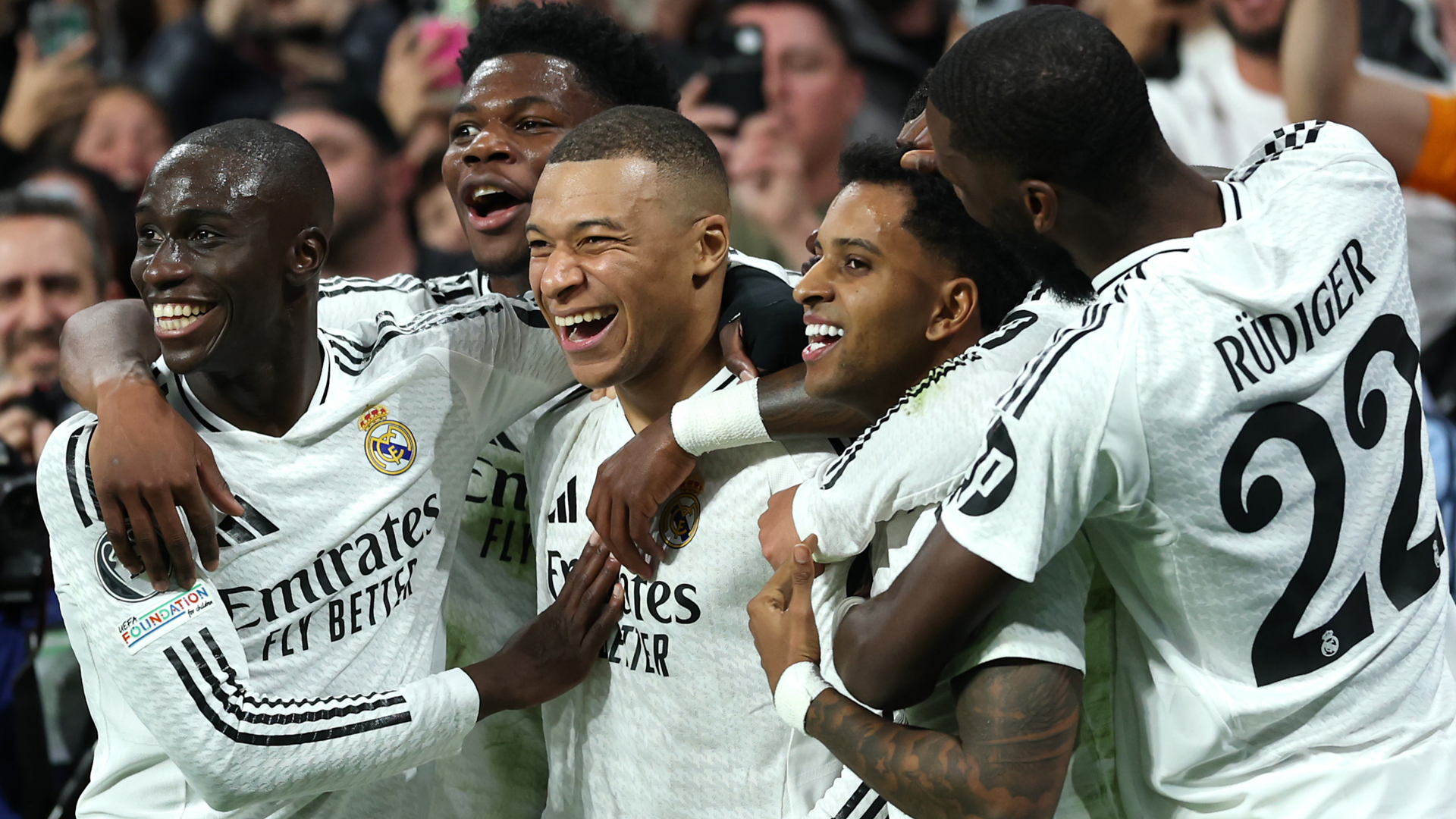Real Madrid Changes Loom Under Xabi Alonso
Real Madrid changes are on the horizon, and Gareth Bale believes the shake-up at the Santiago Bernabéu will be deeper than many anticipate. New coach Xabi Alonso has already shown he is willing to bench established stars, and Rodrygo’s reduced role at the Club World Cup may be only the beginning.
Real Madrid changes mark Alonso’s brave new era
Alonso arrived promising evolution, not revolution, but early evidence suggests evolution can still be dramatic. The former midfield metronome has prioritised tactical discipline, sharper pressing lines and aggressive vertical transitions. That blueprint has quickly highlighted who fits—and who does not. Rodrygo, a Champions League hero just two seasons ago, has slipped behind Vinícius Júnior, Arda Güler and even teenage prospect Nico Paz in the pecking order. As Bale told ESPN FC, “Xabi isn’t scared to drop anyone. If you don’t execute, you sit.” Those Real Madrid changes resonate throughout the dressing room, reinforcing meritocracy over reputation.
Bench today, market tomorrow? Rodrygo’s uncertain future
Limited Club World Cup minutes set gossip sites alight, linking the Brazilian to Arsenal and Liverpool. Sources close to the player insist he prefers to fight for his place, but Alonso has sanctioned summer exits before—just ask former Leverkusen favourite Amine Adli. If Premier League money arrives, Florentino Pérez could view a sale as a strategic way to balance books ahead of further Galáctico pursuits. Real Madrid changes often ripple into the transfer market, and Rodrygo’s situation is now a bellwether for how ruthless Alonso intends to be.
Finding the spark in Kylian Mbappé
While Rodrygo sweats over minutes, Kylian Mbappé remains untouchable. The French striker’s 44 goals last term underline his value, yet critics argue he has not delivered decisive moments in big games. Bale sympathises: “He’s scoring, but at Madrid you must also win. Xabi needs a pressing scheme that lets Mbappé conserve energy for killer blows.” Real Madrid changes here are subtle—tweaking rest-defence shapes and overloads so Mbappé can lurk where it hurts.
Midfield metamorphosis: Modrić’s minutes managed
Luka Modrić, now 38, epitomises the balancing act. Alonso idolised him as a player, but sentiment yields to science. Data from the club’s performance lab revealed a decline in Modrić’s high-intensity sprints. Expect Eduardo Camavinga and Fede Valverde to shoulder more build-up responsibilities, with the veteran deployed selectively. Toni Kroos, meanwhile, has embraced a quarterback role, dropping between centre-backs to launch attacks; it is another snapshot of the Real Madrid changes engineered to maximise efficiency without erasing identity.
Defensive upgrades signal further Real Madrid changes
A porous back line cost Madrid both La Liga and Champions League glory last season. Alonso responded swiftly, securing Trent Alexander-Arnold from Liverpool and teenage prodigy Dean Huijsen from Bournemouth. Alexander-Arnold’s hybrid full-back-playmaker role perfectly suits the coach’s possession ideas, while Huijsen’s aerial dominance offers late-game insurance. The message is clear: nobody’s place is assured, not even Dani Carvajal or Éder Militão when he returns from injury.
Financial flexibility and the transfer war chest
Club insiders hint that Real Madrid’s wage bill could drop by 15 percent if Rodrygo, Ferland Mendy and fringe midfielder Dani Ceballos depart. Such savings, combined with new La Liga financial rules, give Pérez licence to chase another marquee name—rumours swirl around Florian Wirtz and Alphonso Davies. Real Madrid changes off the pitch are therefore inseparable from Alonso’s tactical demands on it.
Canteranos and the culture reset
Castilla graduates Rafa Marín and Álvaro Rodríguez impressed during pre-season, benefiting from Alonso’s belief in youth. His tenure at Bayer Leverkusen proved that academy talent, when trusted, can accelerate a squad’s tactical assimilation. Bale applauded the shift: “Youngsters keep standards high. Veterans feel the pressure, and that’s healthy.” The embrace of La Fábrica prospects is perhaps the most profound of all Real Madrid changes; it re-anchors the club’s global brand in homegrown pride.
What success will look like in 2024-25
A domestic-continental double remains the benchmark, yet Alonso’s criteria extend beyond trophies. He wants measurable improvements in ball recoveries, chance creation from structured build-up and goals conceded from open play. Mid-season analytics reviews are baked into his plan, meaning tactical tweaks will be continuous. Fans can expect shape-shifting formations—4-3-3 morphing into 3-2-5 in possession—and flexible pressing triggers. These iterative Real Madrid changes could see the side peak during spring, the period that often defines legacies.
The Gareth Bale verdict
Bale’s own Madrid tenure was defined by big-game moments and friction with managers. His endorsement of Alonso carries weight: “Respect is key, and Xabi has it. He’ll get players onside because his ideas are clear, and his career backs them up.” The Welshman’s comments underscore the blend of authority and empathy Alonso brings—an essential cocktail when orchestrating Real Madrid changes in a squad peppered with egos and Ballon d’Or ambition.
Opinion: Why these Real Madrid changes are overdue
In truth, the club has coasted on institutional muscle memory since the triumphant 2018 three-peat in Europe. Zinedine Zidane’s aura masked decline, and Carlo Ancelotti’s genial man-management could only delay the reset. Alonso, forged in the data-driven Bundesliga, is less nostalgic. His willingness to bench Rodrygo, rotate Modrić and recalibrate Mbappé’s role signals a cultural reboot aligned with modern football’s relentless demands. If the project clicks, Madrid may not just reclaim silverware—they could set a new tactical standard in Spain.
Your global gateway to nonstop football coverage:
Goal Sports News
Share this content:
